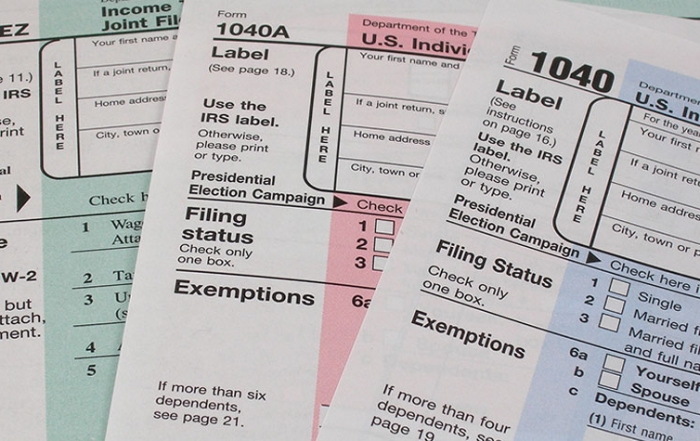Income Tax
2014 Review of Professional Tax Planning Systems
Oct. 10, 2014

By Bill Kennedy, CPA, CA
The Affordable Care Act changes had the biggest impact on tax software across the country this year, as developers scrambled to incorporate the new Net Investment regulations into their packages, particularly for high net worth individuals. All of the packages reviewed have been updated for the impact of this legislation.
If you view tax software as the system that determines what an individual or corporation owes in income tax now, then tax planning software is the tool professionals use to help their clients minimize the future impact of income tax. Tax planning systems tend to be add-ons to an existing tax software package and are typically available for purchase, although the Drake system comes free as part of their comprehensive package..
With the exception of the changes resulting from the Affordable Care Act, this was a routine year for payroll systems. This year’s reviews include:
- CCH ProSystem fx Planning
- Drake Software Tax Planner
- Thomson Reuters Planner CS
- Bloomberg BNA Income Tax Planner
- Intuit Lacerte Tax Planner
However, there is one area that this reviewer believes developers should pay attention to and that is the number of users who now routinely have two screen on their desk, as they transfer information from one package to another. Optimizing financial packages for single or multi-screen use would be a good general innovation.
While today’s professional tax planning systems can’t tell you what future tax law is going to be, tax accountants can extract useful information from them for developing tax strategies. With the help of these sophisticated software packages, accountants can project tax liabilities several years into the future under multiple scenarios. Each scenario may contain varying amounts of income, deductions, carryovers, dependents, exemptions, credits and other quantifiable details from tax returns. Accountants can adjust each scenario for anticipated tax law changes, such as standard deduction and exemption amounts, expiration of tax credits, and various tax rates and brackets.
These tax planning systems can generate reports helping taxpayers weigh the impact of earning additional income or making additional deductions. For example, conversions of traditional IRAs to Roth IRAs have been a popular tax planning strategy since the limits based on modified adjusted gross income and taxpayer filing status were removed for conversions made after December 31, 2009. With the help of the software, accountants can produce professional-looking reports, assisting clients to make an informed decision between converting to a Roth IRA in the current year or in subsequent years.
Most importantly, tax planning software empowers accountants to perform value-adding activities like analyzing clients’ future tax positions and reducing tax liabilities. Where traditional compliance services may be viewed as overhead, effective tax planning can turn tax accountants into superheros in the eyes of their clients.
Read the full version of these reviews online at www.CPAPracticeAdvisor.com/12004251.
